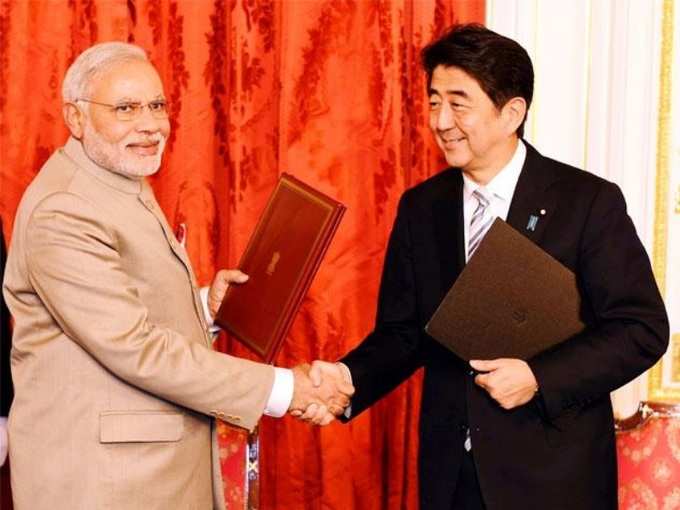
Indian Prime Minister
More importantly, Modi’s visit is a clear sign that India wants to revamp its ‘Look East’ policy. Originally initiated by P.V Narasimha Rao in the early 90s and pursued by his followers, the policy involves efforts to strengthen strategic and economic ties with Southeast Asian countries in a bid to counter the increasing regional influence of China—strategically, militarily and economically.
Renewed ties between India and Japan, amid similar ones with Southeast (SE) Asian neighbours, assume importance considering the heightened military manoeuvering China has been initiating of late—enhancing military capabilities, surging defence budget, strengthening maritime and aerial domains in South China Sea and East China Sea. In fact, Japan’s concerns over China’s ‘clandestine’ military moves in the region are expressed in the white paper it released, importantly, during Modi’s visit this week. Of course, these concerns are equally shared by India.
Leaving aside the focus on strengthening defence cooperation in the region to counterbalance China, India’s ‘Look East’ policy hinges mostly on strengthening economic cooperation and trade relations with SE Asian countries. When it comes to enhancing economic relations, India sees Japan, which is already the fourth-largest investor in the country, as the key ally. Japan’s $4 billion investment commitment for the ambitious $100 billion Delhi-Mumbai Industrial Corridor Project aimed at developing industrial zones spanning across six states, is a recent instance when it came forward to throw its weight behind business activity in India.
During his visit to Japan, Modi tried to hard-sell India as a manufacturing destination, asking Japanese investors to ‘come and make in India’. In fact, India can learn a lesson or two from Japan whose development over the last several decades has been driven by an impressive growth of small and medium enterprises (SMEs), which are crucial for progress in the manufacturing sector for any country.
Besides infrastructure, the Modi government expects Japanese investments in high-speed rail transit systems, energy, including nuclear and solar power generation, and clean coal technologies.
While Japan is key focus on India’s ‘Look East’ policy, it cannot afford to ignore other countries in the SE Asia region, especially Vietnam, the only Asian country that has defeated China in a war (though China too claimed victory in the 1979 Sino-Vietnamese War over control of Cambodia, Chinese forces were forced to retreat back across the Vietnamese border and Hanoi-backed regimes have been in Cambodia till today) and Myanmar whose GDP grew an impressive 6.8 per cent in FY2013-14.
Having said this, the Indian government doesn’t want to unnecessarily provoke China and would want to retain a smooth working relation with its bigger neighbour. The visit of China’s foreign minister Wang Yi to India in June and Modi’s meeting with Chinese President Xi Jinping at the BRICS summit in July are clear indications that the Modi government wants to retain the apparent thaw in diplomatic relations with China.
One should want and watch how Modi will walk the tightrope of broadening the scope of India’s ‘Look East’ policy, befriending Asian peers like Japan, while not antagonising China.